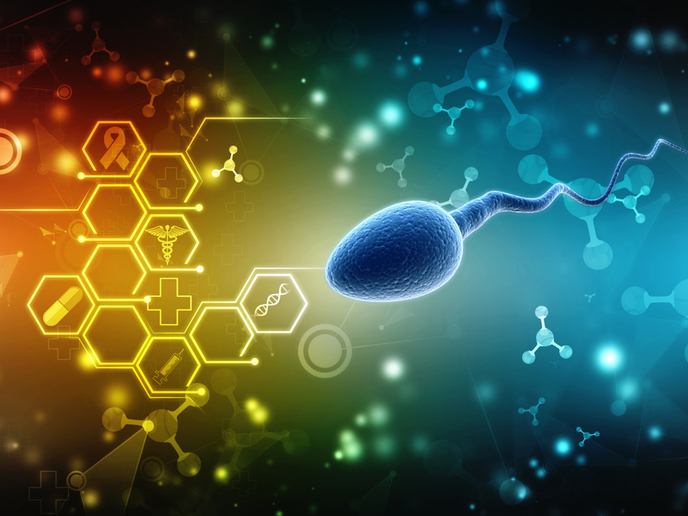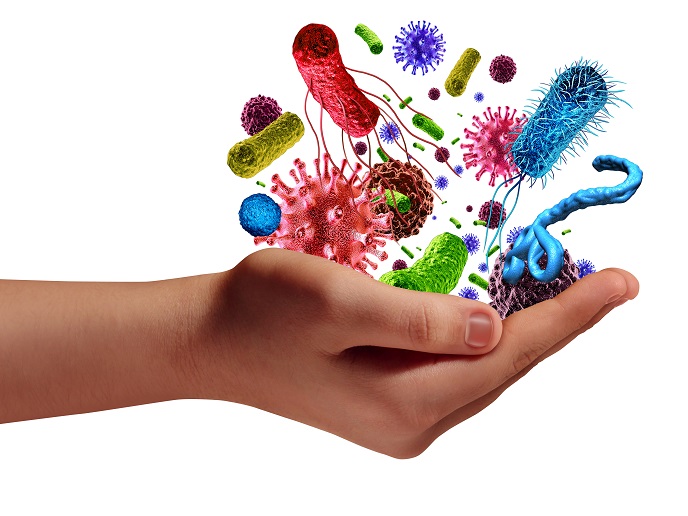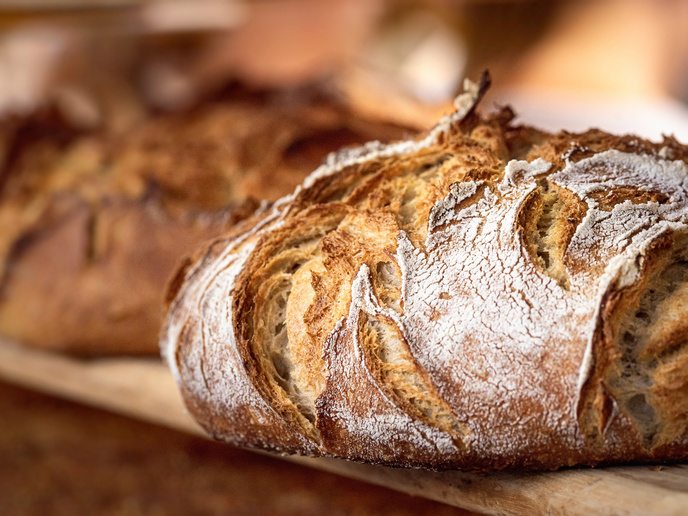Novel genes identified responsible for primary ciliary dyskinesia and male infertility
PCD(opens in new window) is caused by mutations in genes that control cilia structure and function. Cilia are hair-like projections on the surface of cells that beat in a wave-like motion to clear inhaled particles and bacteria. Failure to do so makes individuals more prone to infections in the lung, sinuses and ears. Mutations in over 50 genes have now been identified to cause PCD, yet the disease is often underdiagnosed with implications for patient management and care.
Genetic determinants of male infertility in PCD patients
Motile cilia and sperm tail have the same modular structure, and it can therefore be expected that compromised ciliary function may also be a cause of male infertility. Undertaken with the support of the Marie Skłodowska-Curie Actions(opens in new window) (MSCA) programme, the PCDfert project investigated the impact of PCD mutations on sperm development. “Our goal was to study the role of cilia-related structures in male fertility and identify novel genetic variants causing PCD and male infertility,” explains MSCA fellow Anu Sironen. To associate mutations with male infertility, researchers collected samples from British and Finnish patients with PCD and used a whole exome sequencing (WES) approach to check for DNA sequence variants in cilia-related genes. Apart from respiratory symptoms and chronic infections, defects in the structure and motility of sperm were observed and investigated. Structural and functional analysis implicated gene-specific defects responsible for male infertility in PCD patients. Bioinformatic screening of cilia-related genes in WES data identified mutations in HYDIN(opens in new window) and CFAP300(opens in new window). Both genes encode factors involved in cilia structure and motility, but the mutations are not considered causes of PCD elsewhere in the world. Rather they appear to be specific to the Finnish population, suggesting a unique disease heritage for PCD possibly arising from mutations restricted to native Finnish ancestors. Although this conclusion warrants further investigation, it fits with the known unique Finnish PCD heritage. Sperm analysis in a large PCD cohort in the United Kingdom (UK) identified a severe lack of sperm in patients carrying DNAH5(opens in new window) mutations. However, DNAH5, which is often affected in PCD patients, is not required for spermatogenesis. This finding “highlighted the unrecognised importance of motile cilia in male fertility,” according to Sironen and has led to successful follow-on funding for the project, awarded by the UK Biotechnology and Biological Sciences Research Council(opens in new window) (BBSRC). Researchers will go on to test the existence of male cilia located in the efferent duct and investigate their role in sperm maturation, release and function.
Significance of PCDfert results
Sironen has been involved in patient engagement and recruitment via the PCD Family Support Group(opens in new window) in the UK. The MSCA fellow presented the research data of PCDfert to the affected families in question-and-answer sessions on PCD and infertility. “PCDfert was an important starting point to combine expertise in cilia and male fertility research, and it has enabled the formation of a collaborative network that did not exist before,” she outlines. Researchers hope to solve many male infertility issues and unveil the role of cilia in sperm production as well as the fertility status of PCD patients with different mutations. Apart from fundamental knowledge, PCDfert results serve as the basis for PCD genetic diagnosis, improving patient care and quality of life.







